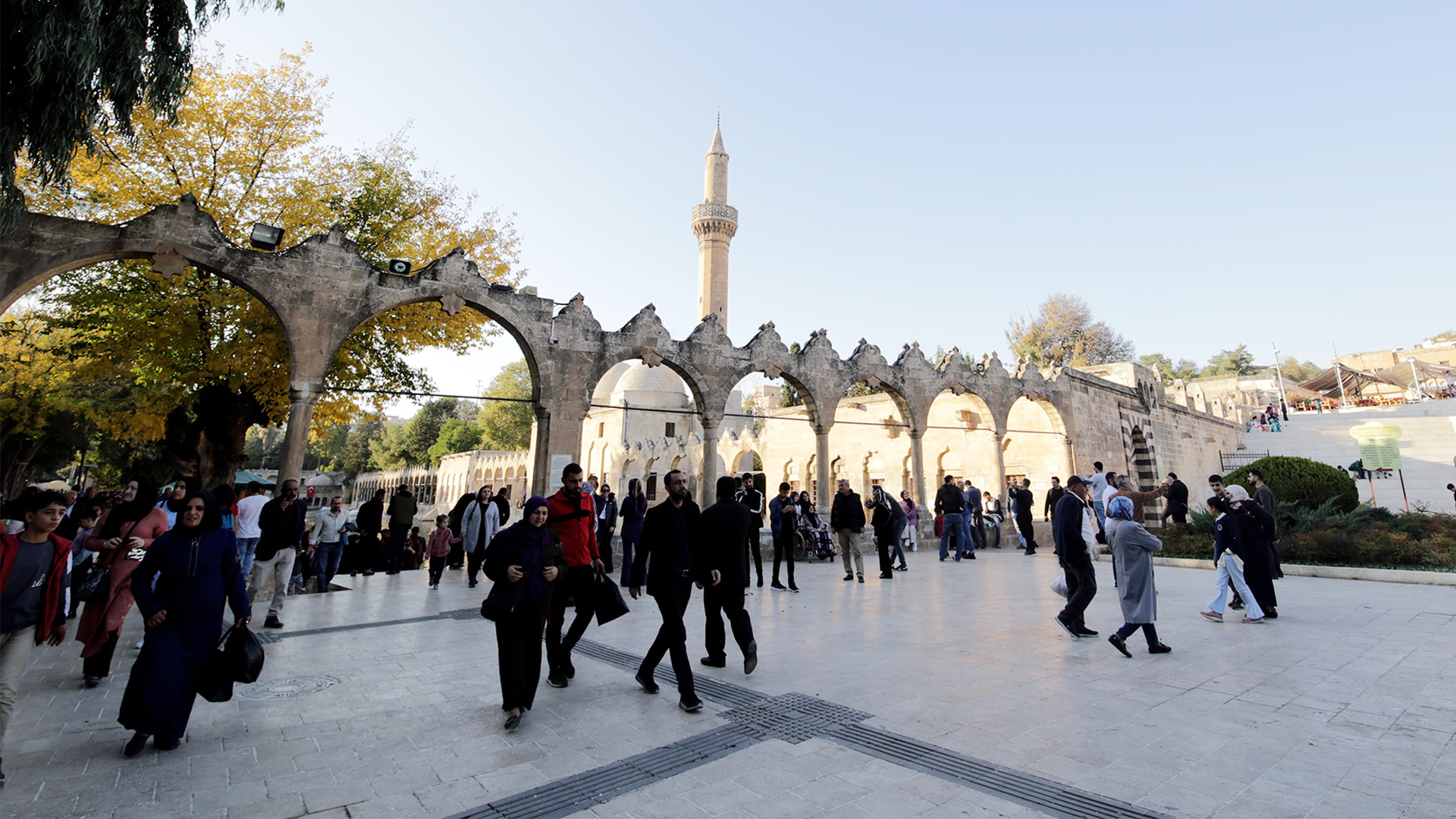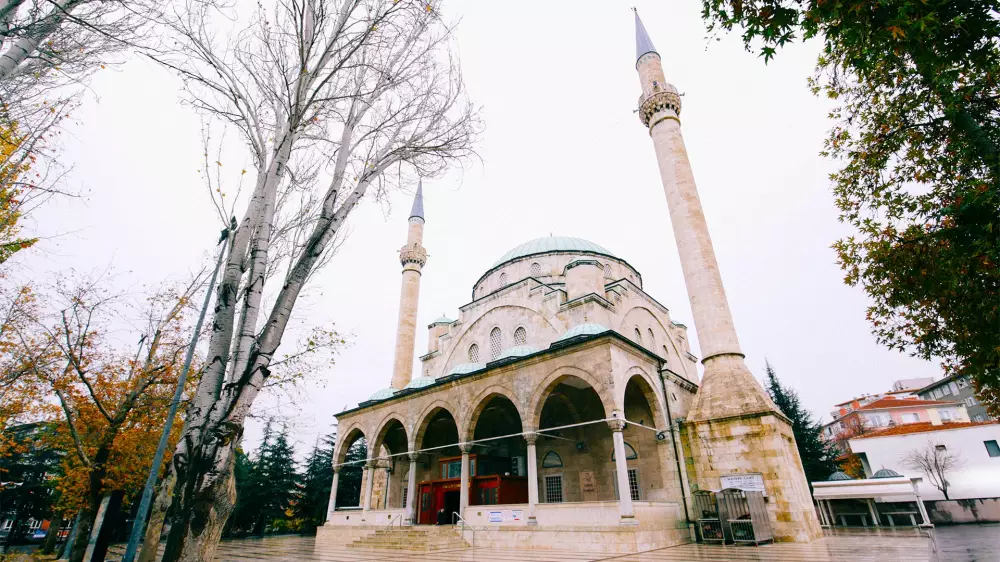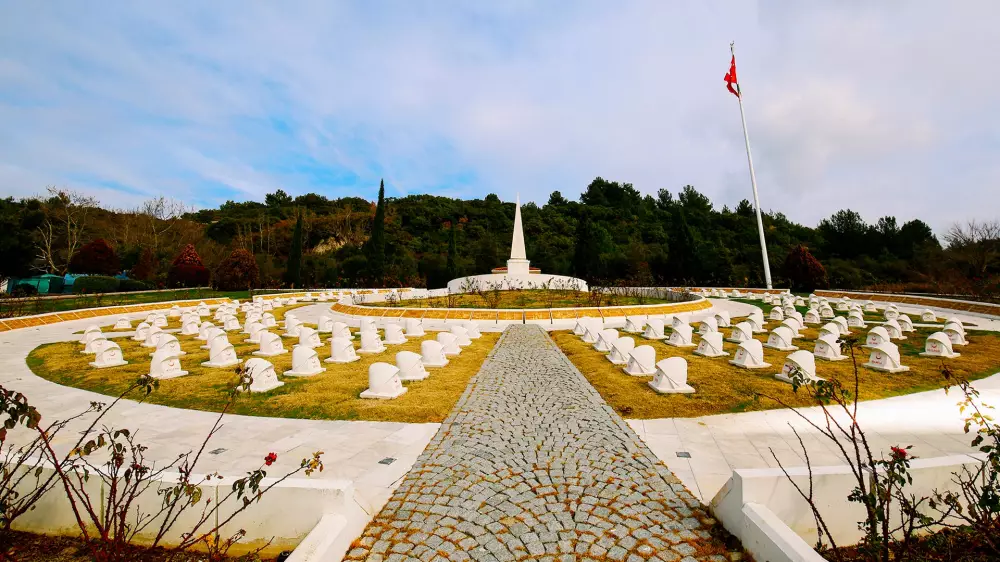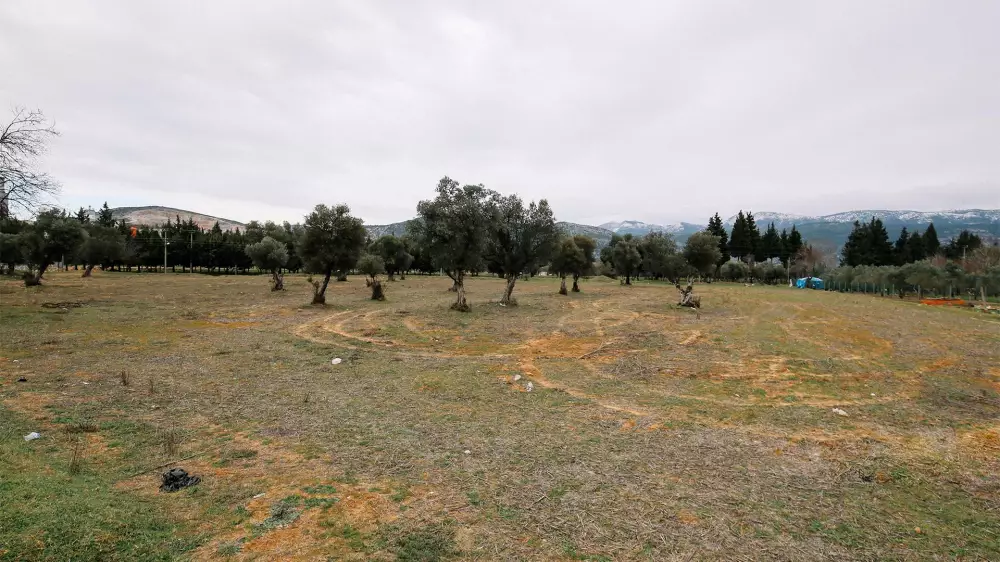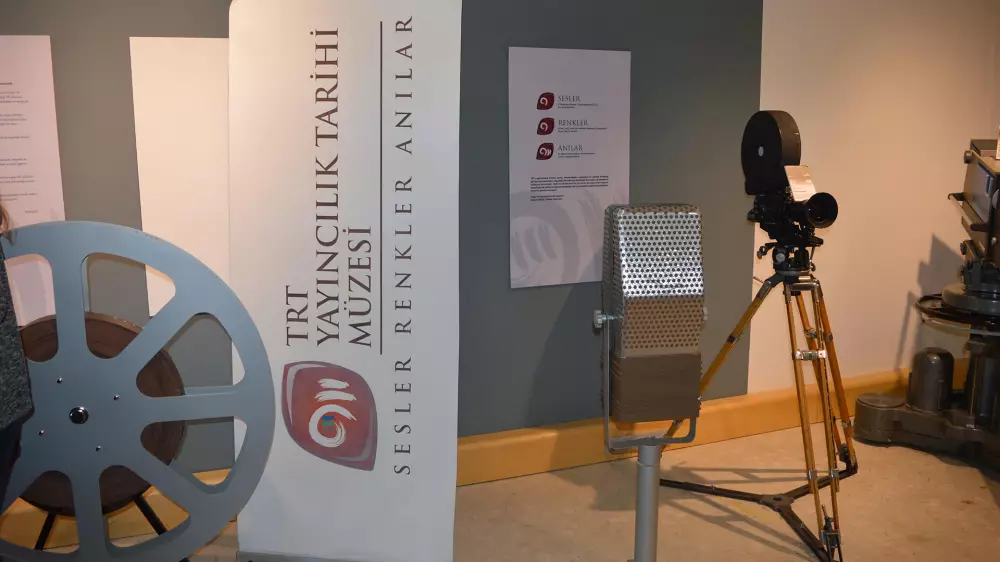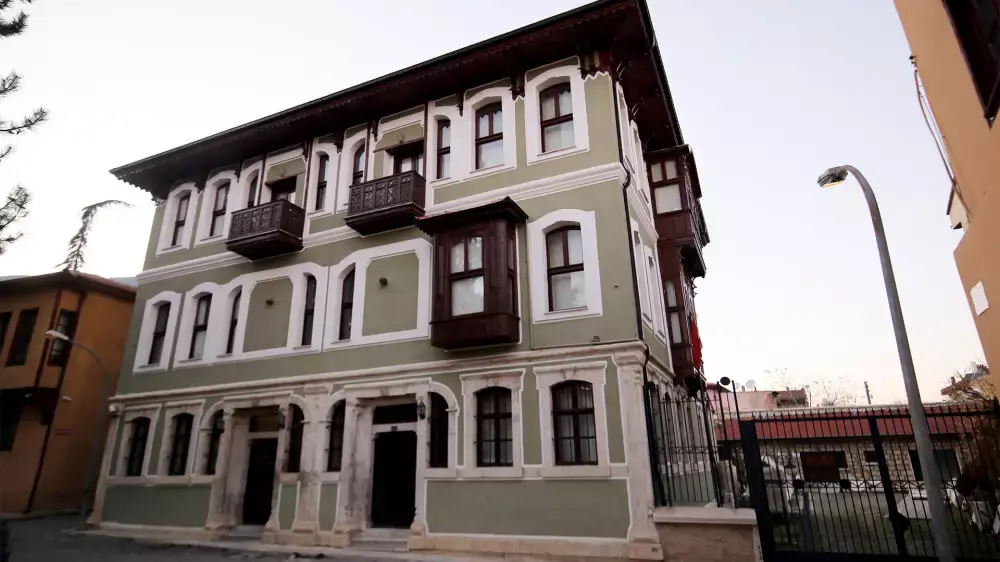
00:00
00:00
Nasreddin Hodja Ethnography and Archaeological Museum
23.07.2024 08:32
Rüştü Bey, who was the Master of Inquiry in Akşehir during the Ottoman Empire, leaves two works in Konya. The first of these is the Inn of Rüştü Bey. The other is Rüştü Bey Mansion, which he built in early World War I, demolishing the house left over after his father passed away. Today, the structure used as Nasreddin Hodja Ethnography and Archaeology in the construction of the museum Armenian and Turkish masters works together with, so the structure contains different traces of ethnic culture.
Konya is home to many civilizations and countless cultures in the history scene. Rüştü Bey Mansion is one of the different cultural synthesistic architectures found throughout the city. The mansion was protected and repaired by the Ministry of Culture and Tourism in 1985. The building, which was nationalized in 1989, opens to the public as Nasreddin Hodja Ethnography and Archaeological Museum by 1992.
Nasreddin Hodja Ethnography and Archaeological Museum, which has a two-storey architecture with twin house planning, are also divided into archaeology and ethnography sections. One of the rooms on the first floor which is used as the Ethnographic and Archaeological Art Store and the archaeological artifacts are on the upper floor of the museum. Each room of the museum, consists of 12 rooms, chronologically arrayed. In the section of archaeological artifacts, even 13th century artifacts are found, while in the ethnography section, clothes, jewelry and kitchen tools used by people of Konya in the past period are exhibited.
Nasreddin Hodja Ethnography and Archaeological Museum, which attracts the attention of those who pass near with its architecture and colors, tells many local and foreign tourists about the Anatolian culture of Konya every year.
Gallery
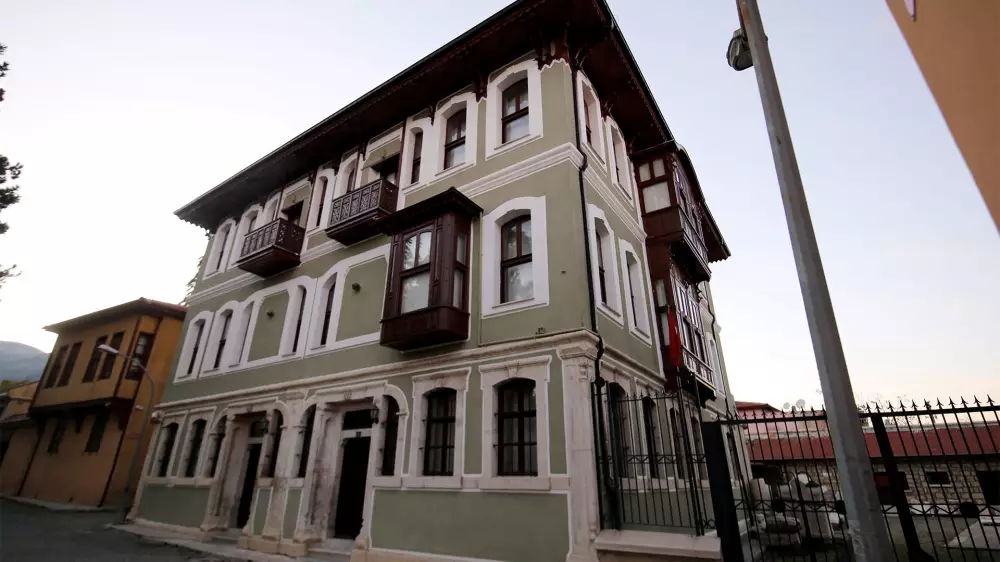
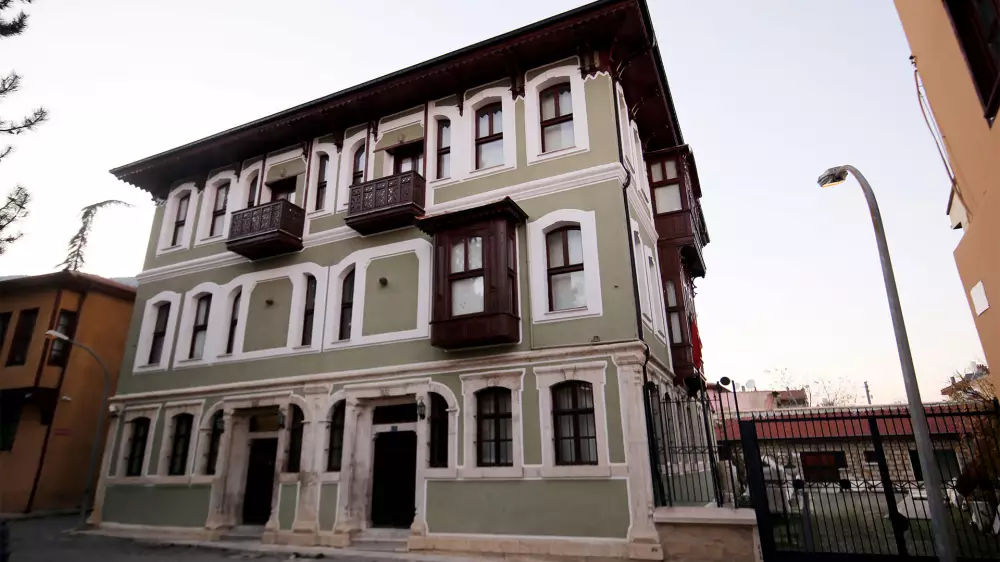
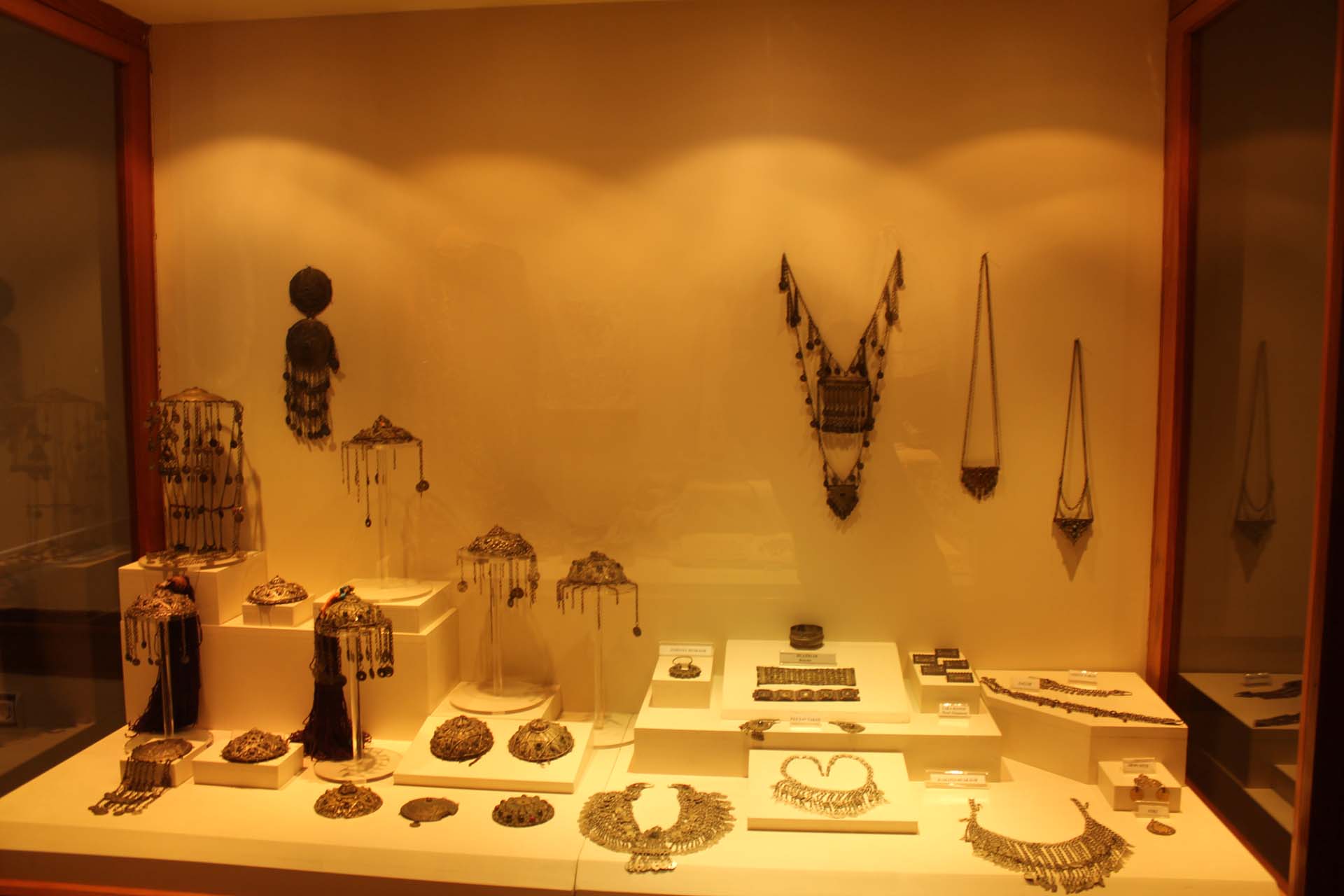
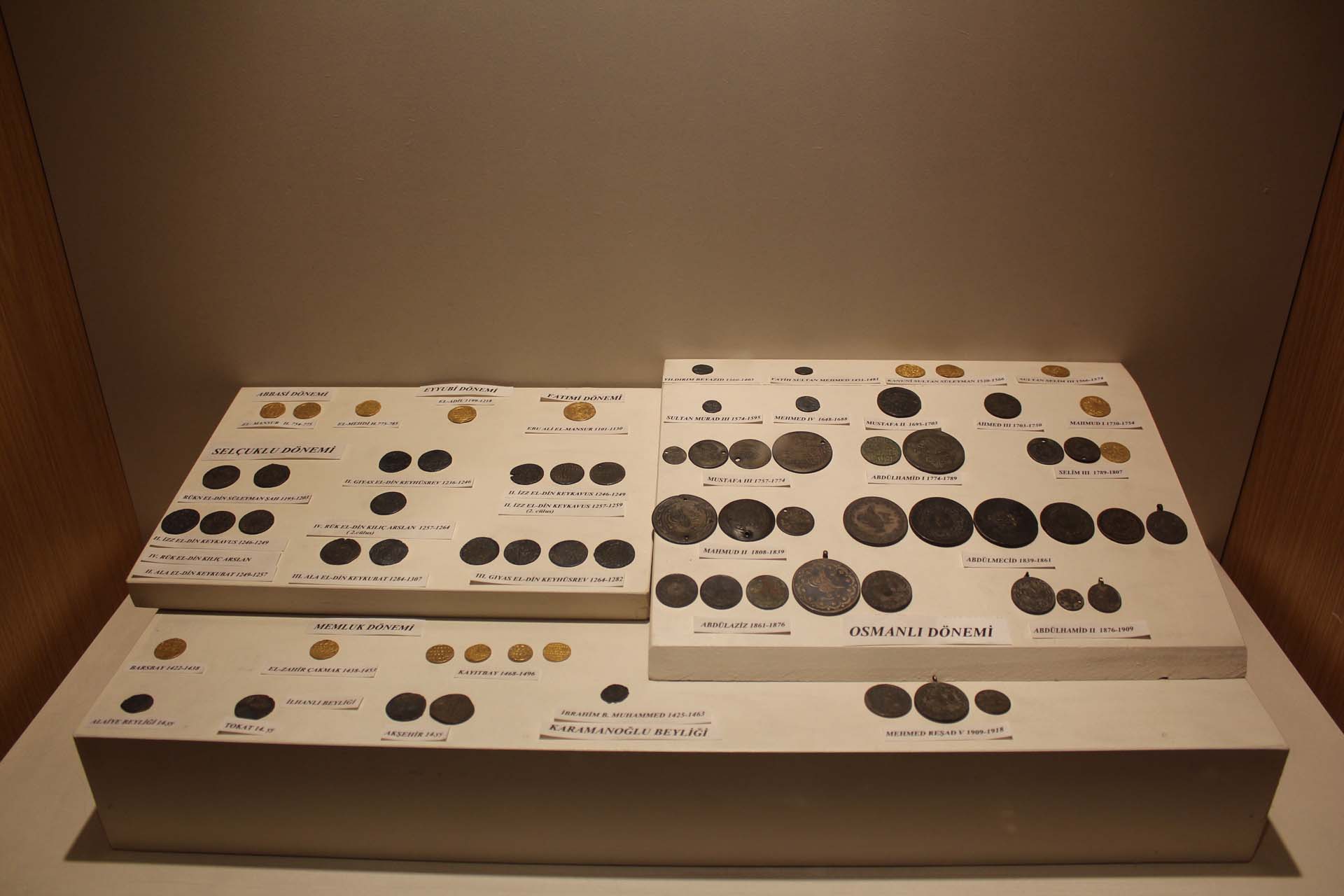
Location
Leave a Comment
